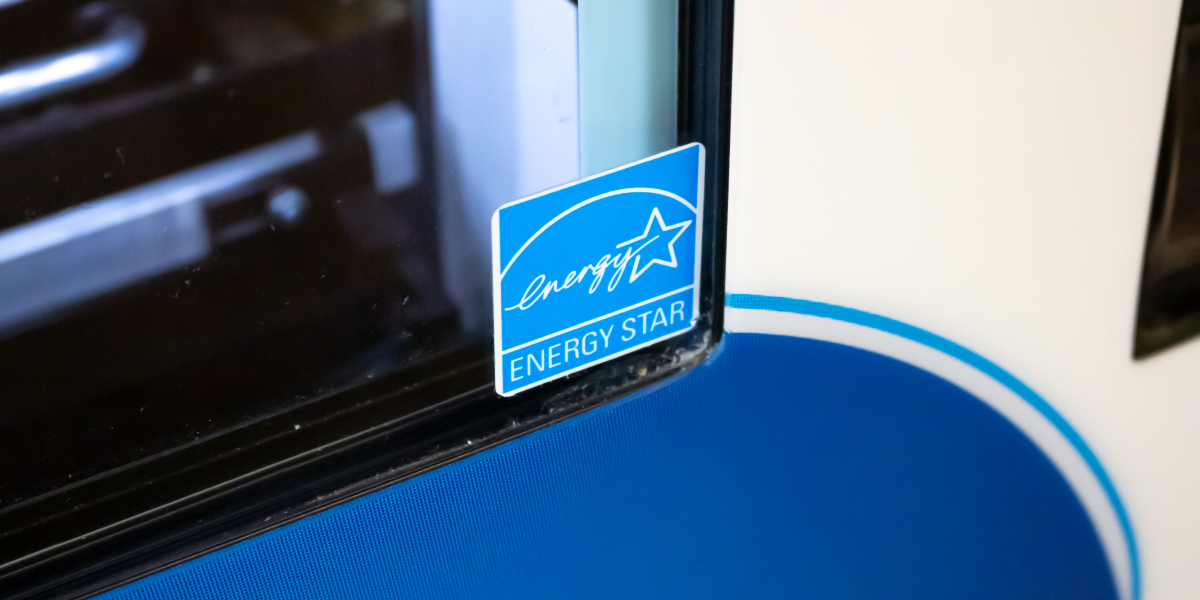These New Building Codes Could Finally Ensure New Houses are Ready for Charging Electric Vehicles
Let's Save Energy
Alliance to Save Energy's Blog

Electric cars are the future of personal vehicles – they’re more efficient than conventional gasoline options, cost far less to operate, and enable significant reductions in greenhouse gas emissions. Electric vehicle (EV) sales are growing quickly; some experts predict they will account for more than 11% of new sales in the United States by 2025, and a majority of sales by 2040. To support this market shift, we need to rethink our transportation infrastructure, and especially how we fuel – or charge – our vehicles.
Most electric vehicle drivers do more than 80% of their charging at home because it is most convenient (and charging overnight is also often when electricity is cheapest). But for most homes, built long before EVs were widely available or a practical choice, this requires more than just a convenient outlet. Hiring an electrician to install a new circuit and run wires to and from a vehicle charger in a single-family home can be expensive and intrusive. And for commercial and multifamily buildings, how do owners and tenants even agree on the best locations for the chargers or how many to install?
Fittingly-timed on the brink of a new year, last month produced a powerful step forward for EV-readiness through a mechanism that isn’t in the typical transportation policy toolbox: building energy codes. For the first time, starting with the next update to the model building energy code that states and local governments adopt, all new construction – homes apartment buildings, condominiums, commercial high-rises, and office parks – will be pre-wired for charging the vehicles of the future.
Why Build New Houses and Buildings That Aren’t Ready for EV Charging?
One study found that installing the high-voltage circuitry needed for EV charging equipment costs on average $1500-1600 in existing single-family houses and $4000 per parking space in existing commercial buildings. Another study found charging installation at buildings to range from $2400-$3700 for each parking space. That same study found that installing the circuits when a building is under construction, in contrast, costs only about $900 per space. And building in the circuits during the construction of a new house costs a fraction of that, and is likely to go even lower if the feature becomes standard in construction.
Right now, most buildings lack the electrical panel capacity, circuits, wiring, and receptacles needed for an EV charger, even though electric vehicles will soon be commonplace and at-home charging will be in high demand. They’re going to have to be retrofitted, at higher cost. A number of cities have begun to fix the problem by requiring charging infrastructure in new construction and major renovations – but in most of the country, we’re still doing it wrong.
New Model Building Code Ensures Low Cost Installation of Chargers
Model building energy codes set the bar for how we build new homes and multifamily and commercial buildings, and their impacts are felt for decades. The main building energy code – the International Energy Conservation Code (IECC) – is updated on a national basis every three years. The model code is then made available for states and local governments to adopt and enforce – a nationally-consistent but locally-driven policy.
The Alliance’s 50x50 Commission, in its 2018 consensus report on reducing energy use in U.S. transportation, called for codes that ensure new buildings are ready for EV charging. That recommendation was timely, as 2019 was the development year for the next update to the IECC. The Alliance-created Energy-Efficient Codes Coalition (EECC) was already working on scores of code proposals that would boost building efficiency by at least 10%. This confluence was a big opportunity to prepare for our future EV charging needs.
In January 2019, based on the 50x50 Commission’s recommendation, the Alliance, EECC, and allies put forward proposals to add EV charging to the model building energy code. Over the last year, these proposals gained momentum and earned the support of a wide range of groups, including the American Council for an Energy-Efficient Economy, Natural Resources Defense Council, and the National Electrical Manufacturers Association.
Code development stakeholders, led by the voting members of the International Code Council (ICC), delivered a preliminary version of the 2021 IECC just before Christmas, and it’s a big gift of cost savings and greenhouse gas emissions reductions. ICC voters – generally code officials and other representatives of state and local agencies – approved two EV proposals jointly developed by the Alliance, the Southwest Energy Efficiency Project, Edison Electric Institute, and New Buildings Institute. The provisions require that all new homes will be pre-wired for EV charging and all new commercial and multi-family residential buildings will have EV charging infrastructure and at least 20% of all parking spaces capable of accommodating future chargers.
States and Municipalities Can Use This Code to Reduce Carbon Emissions
Most states have building energy codes in place, but they vary widely; some have adopted codes similar to or exceeding the most recent version (2018 IECC), while others use older (less stringent and less flexible) versions. In the coming weeks and months, ICC will finalize and publish the 2021 IECC, which will be ready for states and local governments in 2021.
States and local governments are increasingly relying on building energy codes to reduce greenhouse gas emissions and pave the way for the coming transition to EVs. The EV-ready provisions in the 2021 IECC, when finalized, will offer officials across the country a ready-made, nationally-consistent approach to ensuring new buildings are ready for vehicle charging – and in turn reducing carbon emissions. We’re counting on it.
RECENT BLOG POSTS
STAY EMPOWERED
Help the Alliance advocate for policies to use energy more efficiently – supporting job creation, reduced emissions, and lower costs. Contact your member of Congress.
Energy efficiency is smart, nonpartisan, and practical. So are we. Our strength comes from an unparalleled group of Alliance Associates working collaboratively under the Alliance umbrella to pave the way for energy efficiency gains.
The power of efficiency is in your hands. Supporting the Alliance means supporting a vision for using energy more productively to achieve economic growth, a cleaner environment, and greater energy security, affordability, and reliability.



